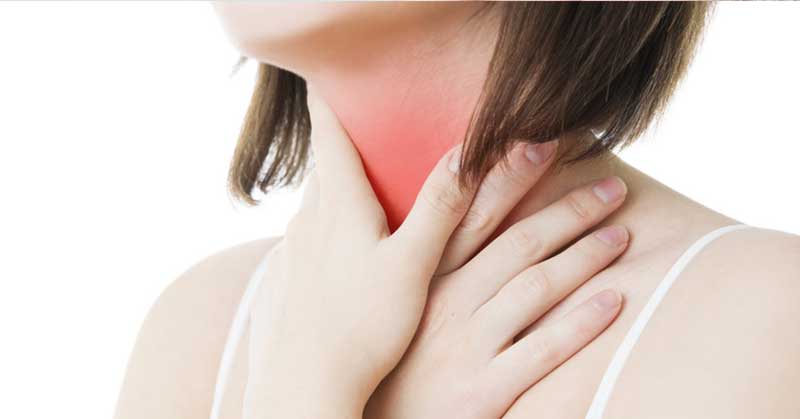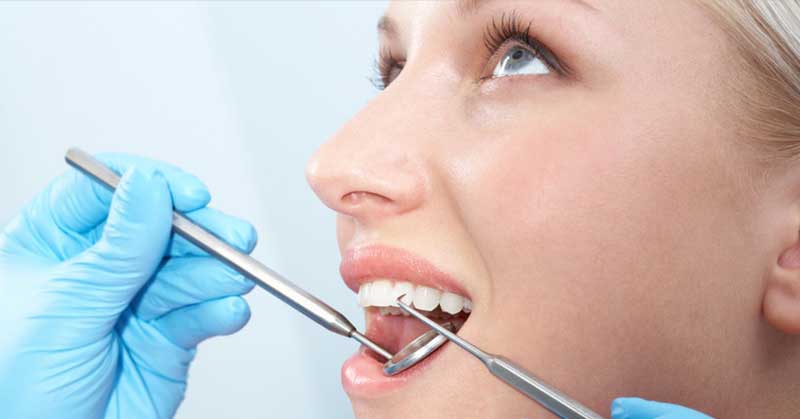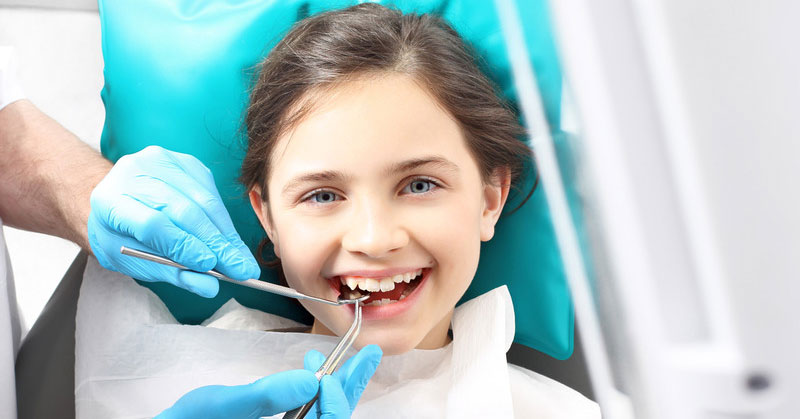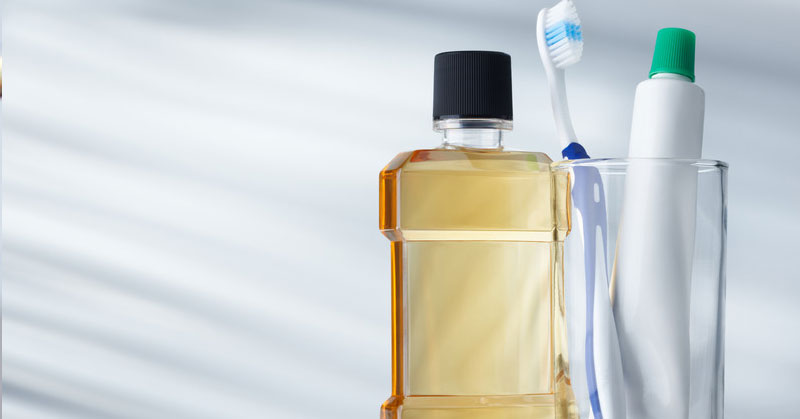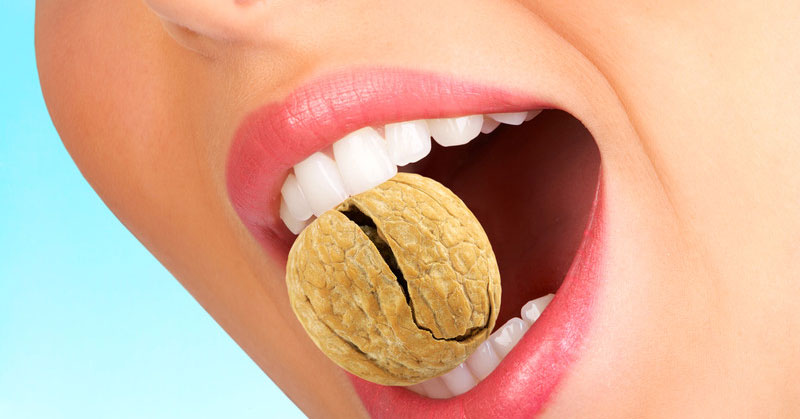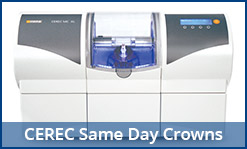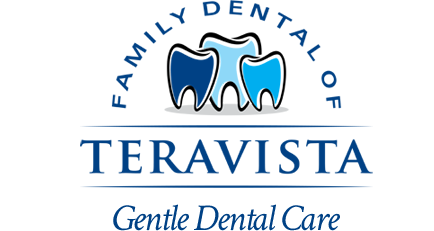It’s an unfortunate fact of life: the vast majority of kids get cavities. As inevitable as that may be, as parents we all want to protect our children as much as possible from the unpleasant aspects of life – and that includes tooth decay. You may not be able to ensure that your little one will never get a cavity, but there are some steps you can take to help reduce their chances of developing tooth decay. What follows are some helpful dental tips for you and your family.
- Start cleaning your baby’s teeth right away. Even before he or she starts teething, be sure to wipe a clean, damp washcloth over their gums to remove any leftover formula and prevent harmful bacteria from developing.
- Take your child to the dentist for the first time by the age of one. This may sound early, but it’s what is recommended by the American Dental Association, and it helps get your little one accustomed to visits to the dentist. It also gives your dentist the opportunity to identify and resolve any potential dental issues early on.
- Use an infant toothbrush. Once your baby starts to develop teeth, brush them twice a day using an infant toothbrush and a tiny amount of fluoride toothpaste. And when we say tiny, we mean it – use a dab the size of a grain of rice.
- Begin flossing early on as well. When your baby’s teeth begin to touch each other, it’s time to floss between them once a day.
- Increase the amount of fluoride toothpaste you use when your little one turns into a toddler. Use a pea-sized portion for brushing your toddler’s teeth. You should also start teaching them how to spit out toothpaste at this age, which will help get them ready to brush their own teeth later on.
- Supervise your older kids. When your kids are capable of brushing and flossing on their own, be sure to supervise them while they do it each day. This will ensure: a) that they are actually brushing and flossing; b) that they are doing it correctly and thoroughly; and c) that they’re not swallowing toothpaste.
In addition to practicing a regular oral hygiene routine at home, regular trips to the dentist are essential to help protect your kids from developing tooth decay. Professional cleanings will remove plaque and tartar buildup, which are precursors to cavities. And if your child is particularly prone to developing decay, your dentist can recommend procedures that may help – such as fluoride treatments or a sealant, for example.
As parents, we may not be able to ensure that our kids never get a cavity. But we can, at least, reduce their chances for developing cavities by following these simple guidelines.



